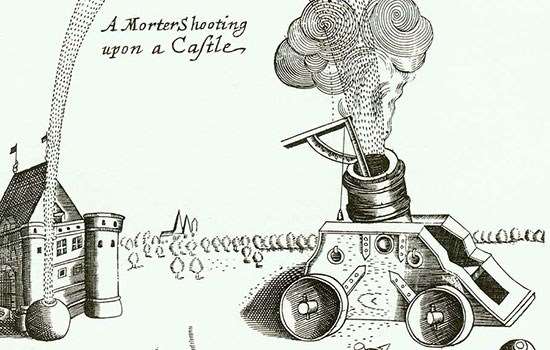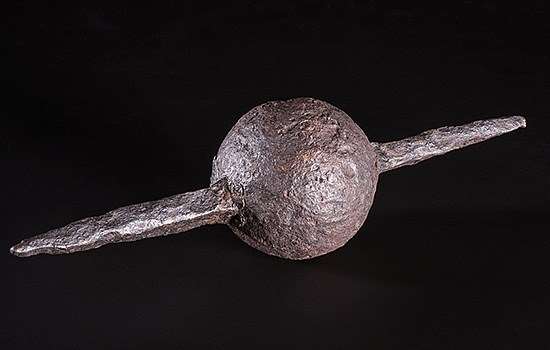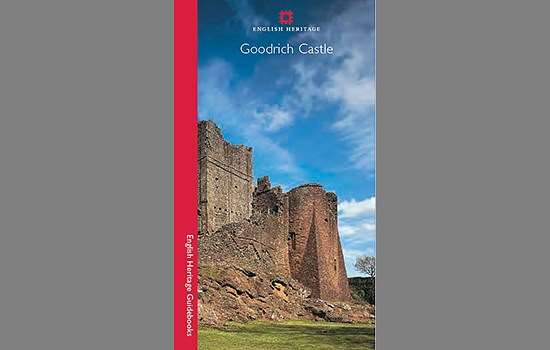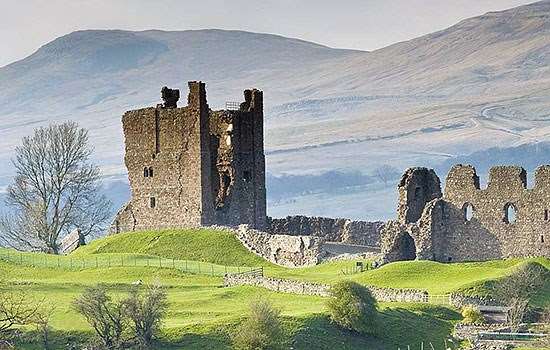UNLIMITED ACCESS TO OVER 400 HISTORIC PLACES
Live and breathe the story of England at royal castles, historic gardens, forts & defences, world-famous prehistoric sites and many others.

Goodrich Castle was a thriving medieval household, where sometimes hundreds of people were living at any one time. Find out about some of the household members and their life at the castle.

In 1646 Goodrich Castle was the scene of one of the most hard-fought sieges of the English Civil War, which Parliament finally won with the aid of a huge mortar, known as Roaring Meg.

The 17th-century objects found at Goodrich Castle help us to imagine what life at the castle was like during the Civil War siege. View some of them in detail here.

Packed with plans, reconstruction drawings and historic images, this guidebook includes a tour of the remains and a full and fascinating account of the castle’s history and owners.

Download this PDF plan of Goodrich Castle to find out how it has evolved over time.

Once symbols of power and prestige, England’s medieval castles are now monuments to centuries of history. Discover the stories held within their walls.